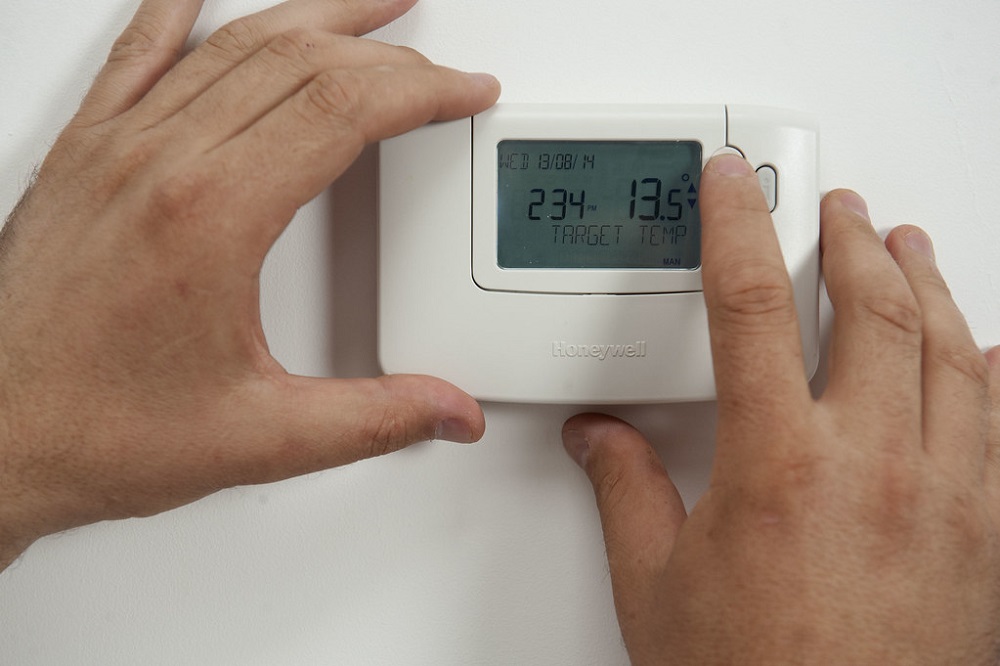Household energy bills set to soar again from April

People across the UK are set to see the cost of each unit of electricity and gas they use soar from the beginning of April, the final forecast from energy consultancy Cornwall Insight has said.
The Ofgem price cap on energy bills, which regulates what energy suppliers are able to charge, but not necessarily what households pay, will fall by around £1,000 to £3,295, the analysts said.
But, because of the way the Government’s energy support works, households will be left paying an extra 20% for their energy and will also not get monthly payments of £66 or £67 towards their energy bills.
The amount that people pay for their energy is currently regulated by the Government’s energy price guarantee.
This limits the amount that domestic customers pay to 34p per kilowatt hour (kWh) for electricity and 10.3p per kWh for gas.
For an average household that works out at around £2,500 per year.
This limit is set to become less generous from the beginning of April, rising to an average bill of £3,000.
Charge more
But energy suppliers are allowed to charge more, with the Government picking up the difference in each household’s bill.
How much a supplier can charge is decided by a separate measure, the Ofgem price cap.
The price cap is reviewed once every three months.
It is currently set at £4,279 per year for the average household, meaning that the Government has probably been paying about £1,779 per year to energy suppliers on average for every household they serve between September and March.
But the predicted fall of the Ofgem price cap to £3,295, and the rise of the energy price guarantee level to £3,000 means the Government will be paying just £295 per household per year from April to June.
Cornwall Insight said that it expects the price cap to fall further, to £2,153 in July and then hit £2,161 from October.
This will be well below the price guarantee, so will feed through to lower bills for customers and reduce the Government’s part of the bill to £0.
But even these bills are around double where the price cap had been before the energy crisis.
The forecast for April is Cornwall Insight’s final forecast before Ofgem announces its decision.
The forecasts for the latter half of the year are further away and subject to more uncertainty.
Forecast
Dr Craig Lowrey, principal consultant at Cornwall Insight, said: “Regrettably the forecast for April looks set to leave the price cap above the increased Energy Price Guarantee level, meaning average annual consumer bills will effectively jump by 20% (£500).
“However, this is before we take into account the end of the £400 energy rebate scheme in March, meaning that the cost of energy for households will increase by even more.
“While tumbling cap projections are a positive, unfortunately, already stretched households will be seeing little benefit before July.
“In the latter half of the year, we see a notable shift in our predictions, as the cap falls below the government support price for the first time since the introduction of the EPG in October.
“This gives us optimism as far as the wider energy debate is concerned.
“While prices under the cap remain considerably higher than historic norms, the combination of falling wholesale prices and an increase in the EPG could see the return of competitive tariffs, and with it the chance for consumers to take back some control over their energy bills.”
Support our Nation today
For the price of a cup of coffee a month you can help us create an independent, not-for-profit, national news service for the people of Wales, by the people of Wales.





I feel a tad confused.. There are always these comments that the energy suppliers are paying their customers around £66/67 per month towards the higher bills they are charging – a sort of discount, and that the Govt is contributing directly to those suppliers somewhere around the £1000.00/customer mark as well… all that sounds wonderful, doesn’t it. Where does that funding come from? Surely from the taxes etc extracted from all of us (as even below income tax threshold people pay taxes in more indirect ways – VAT etc) so we give the Govt money to pay us to pay… Read more »